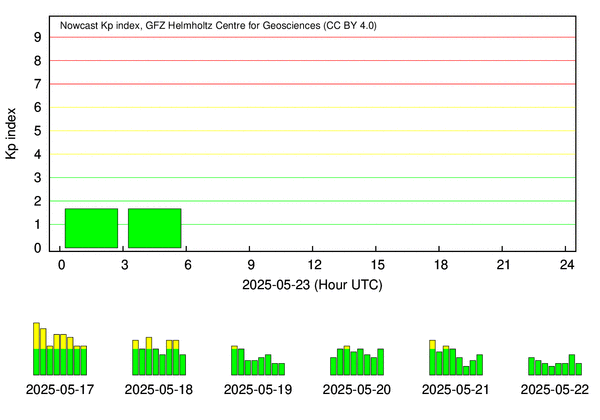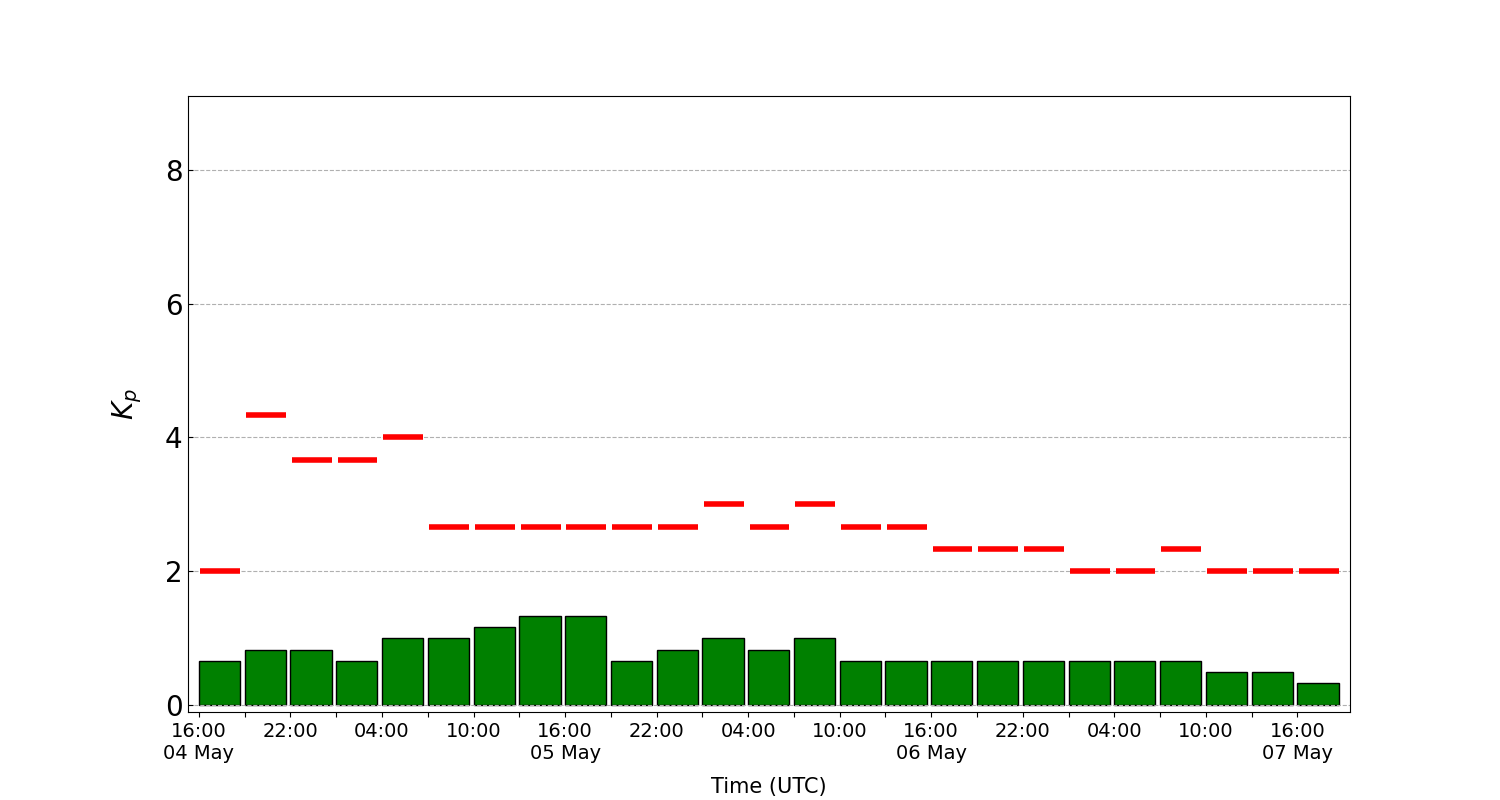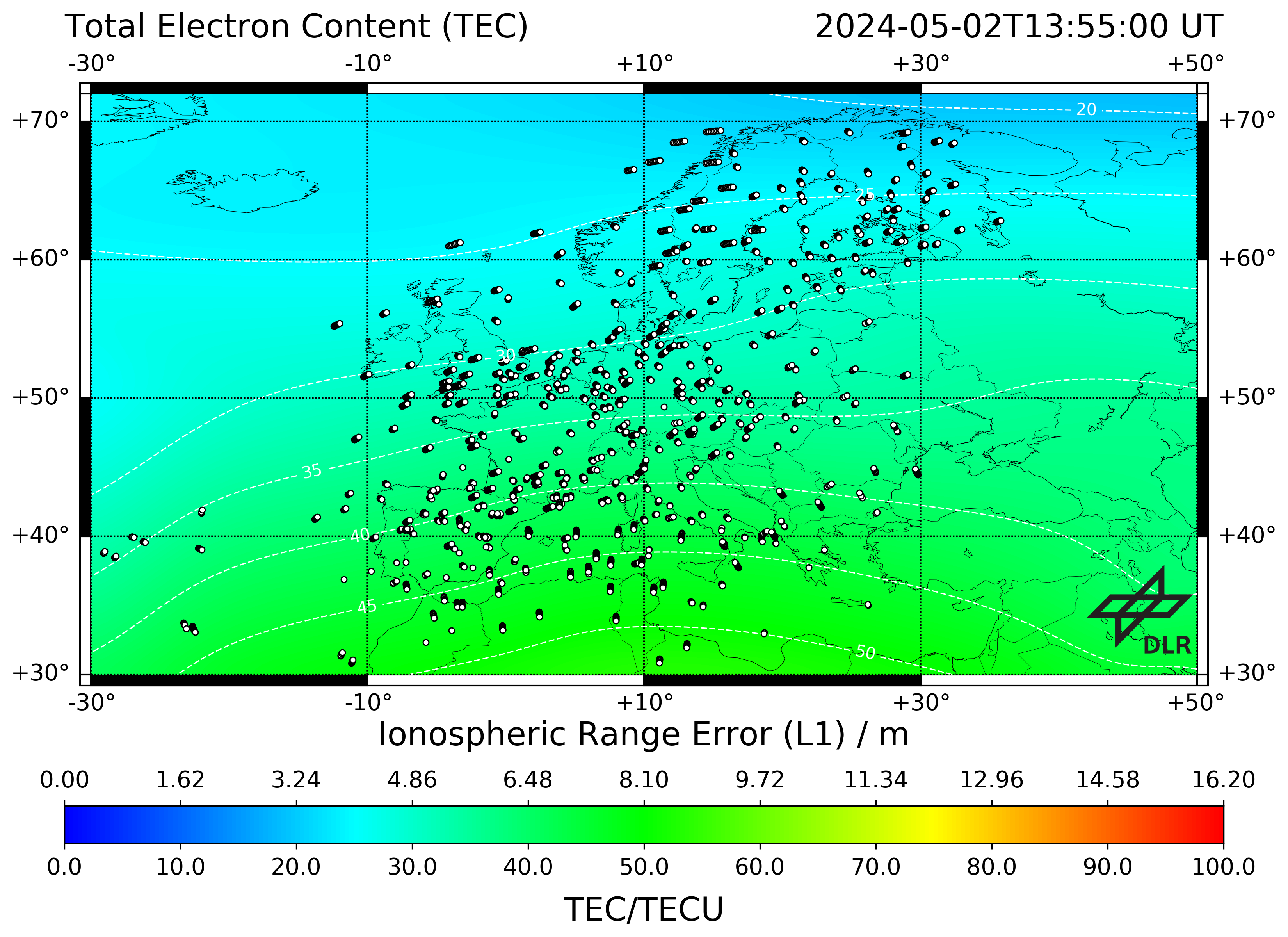Space weather in GNSS measurements
Current values of Index I95 and IRIM residuals
The ionosphere is the main environmental factor influencing the GNSS signals emitted by satellites observed by the receiver. If, for example, as a result of increased solar activity, the variability of the ionospheric delay is greater than in the “quiet” period, modeling its impact on observations is burdened with greater errors. To estimate the impact of ionospheric modeling errors on the pseudorange measurement, the following methods are used, among others: the value of the ionospheric index I95 or the residuals of the dispersion part, the so-called IRIM, the current charts of which are available on the ASG-EUPOS website. Values of the I95 coefficient above 4 may cause significant difficulties in GNSS measurements, in particular related to the initialization of the receiver in RTN/RTK measurements. If the level of average IRIM residuals is 2 cm or more, problems with the initialization of RTK rover can be expected, especially those located at a bigger distance from the physical reference station.
After clicking on the image, you will be taken to the page with current I95 index charts on the ASG-EUPOS system services page:
Nowcast and forecast of Kp index
The Kp index is used to describe the amount of solar wind energy reaching the magnetosphere. Index sizes >5 may cause problems in GNSS measurements.


source: GFZ German Research Centre for Geosciences (https://isdc.gfz-potsdam.de)
Current map of TEC distribution over Europe
Values >40 may cause problems in GNSS measurements.

source: Ionosphere Monitoring and Prediction Center” (IMPC) is operated by the German Aerospace Center (DLR) at the Neustrelitz location. (https://isdc.gfz-potsdam.de)
We thank DLR who is maintaining the IMPC services.
